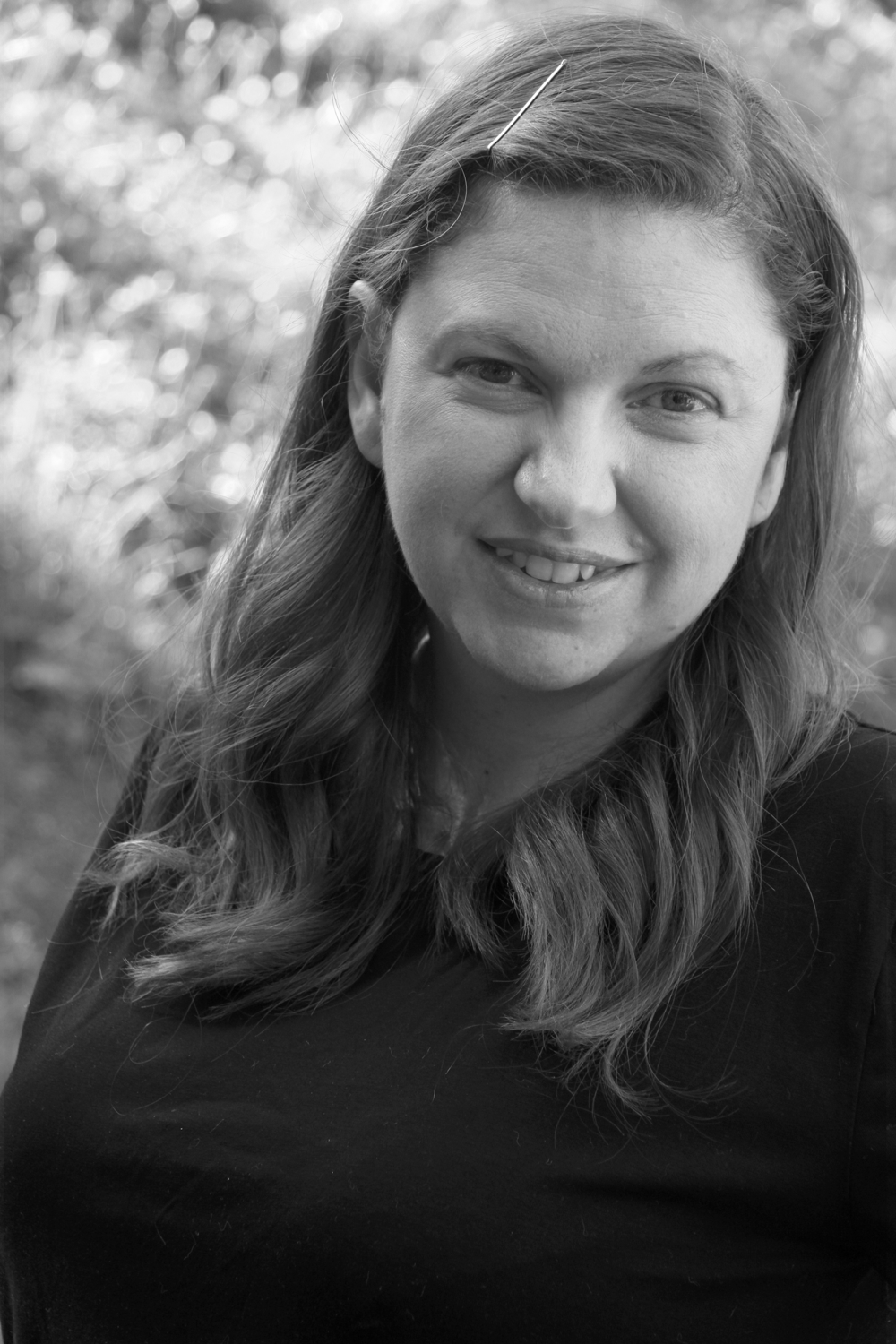Why I Decided to Become a Wellness Interior Designer
- Christina

- Oct 1, 2019
- 2 min read
Updated: Jan 13, 2020
For the the first time in 100 years the life expectancy is decreasing. (1)
Yet healthy options from food, exercise, supplements to relaxation, travel, and meditation retreats are better than ever, so what has yet to change...
Our Built Environment
The way we build, the materials we use, how we design has been slow to change to reflect a focus on health and taking responsibility for what is being put in commercial buildings and homes.
Studies have found on average that 90% of our time is spent indoors and the indoor air pollutants are 2-5 times higher than outdoor air levels. (2)
Our build environment has striped down to remove any connection to the place its built, removing any connections to nature. "Globally, nearly half (47%) of office employees have no natural light in their working environment, and almost two thirds (58%) have no live plants in their workspace." (3)

I’m watching tv seeing one more show promote using a sledgehammer to smash drywall launching dirt participles and dust into the air.
I’m hearing my own colleagues having issues with sublimation ("the transition of a substance directly from the solid to the gas phase, without passing through the intermediate liquid phase" (4) ) and off-gassing materials making their homes unlivable.
California rolled back it’s fire retardant regulations because the health issues caused by them are worse than the risk of items catching fire.
I've been advocating for change in my industry, educating my clients, and educating the public. It was time for me to learn more so I could do more.
I’m learning about all this formally but intuitively I already knew these things, I’ve worked in an office with no natural lighting, I’ve walked outside after being inside and felt disconnected when the weather drastically changed.
The way we build is affecting our health, our everyday lives. We can make better choices in how we design, the materials we select, and how construction is performed.
I can’t wait to be a part of the movement that is looking to change that.
My journey for answers lead me to the Living Building Challenge created by the International Living Future Institute, one of the most aggressive green building standards that includes Biophilic Design at its core ("Biophilic Design is the practice of connecting people and nature within our built environments and communities" (5).
Reading “Creating Biophilic Building” by Amanda Sturgeon, I learned about how buildings can connect people with nature and local culture: a retreat much like we seek when we go on vacation.
With my own love for the outdoors, I found this deeply inspiring that a building in an urban setting could be a place of rejuvenation.
I sign up for get my LFA earlier this summer. I have learned so much in the process.
Last week, I was accepted into the International Living Future Institutes inaugural cohort on Biophilic Design.
I look forward to helping my clients create spaces that nurture them and helping them understand what’s in their space in relation to biophilic design. I hope you will follow me on my journey and if you are interested in creating a healthy interior in your home or business, reach out to me I’d love to discuss your project!
1. https://www.washingtonpost.com/national/health-science/us-life-expectancy-declines-again-a-dismal-trend-not-seen-since-world-war-i/2018/11/28/ae58bc8c-f28c-11e8-bc79-68604ed88993_story.html
2. https://www.epa.gov/report-environment/indoor-air-quality
4. https://en.wikipedia.org/wiki/Sublimation_(phase_transition)
5. https://living-future.org/biophilic-design-overview/










































Comments